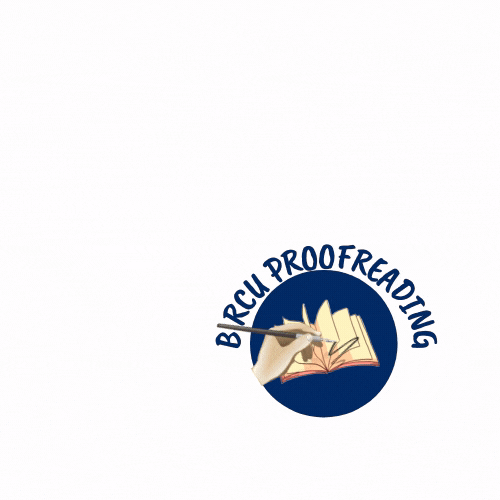Sewing Plates can be Used for Optimization of Child-Fine Motorized (the CP Large) of Brain Training
Abstract
This research aims to help students with cerebral palsy in TKLB SLB D YPAC in southern Jakarta improve their fine motor skills. School learning model design tool effectiveness and reliability, supported by test results, ADDIE (Analysis - design - implementation - assessment) method is used to study the development model used in this study. Researchers present the data results in the form of analysis and facts based on the theories used in this research. The discussion of the presentation is based on research and evidence in the field and has been adjusted according to the theory used in this research to improve fine motor skills. Use media sewing board, South Jakarta TKLB SLB D YPAC cerebral palsy (CP) The student can understand him their illness. After extensive research and development, resulting sewing board has been shown to improve cerebral palsy (CP) fine children's fine motor skills.
Keywords
Full Text:
PDFReferences
Azwandi, Y. (2009). Media Pembelajaran Anak Berkebutuhan Khusus. Jakarta: Dirjen Dikti.
Bandi Delphie. (2010). Pembelajaran untuk Anak dengan Kebutuhan Khusus. Jakarta: Dirjen Dikti.
Chotimah, Chusnul, Fathurrohman, M. (2018). Paradigma Baru Sistem Pembelajaran dari Teori, Metode, Mode, Media hingga Evaluasi Pembelajaran. (Fariza YM, Ed.) (1st ed.). Yogyakarta.
Diane Trister Dodge, L. J. C. (1999). The Creative Curriculum for Early Childhood. Washington DC: Teaching Stategies, Inc.
Efendi, M. (2009). Pengantar Pedagogik Anak Berkelainan (Ke dua). Jakarta: Bumi Aksara.
Formiga, C. K. M. R., & Linhares, M. B. M. (2015). Motor Skills: Development in Infancy and Early Childhood. International Encyclopedia of the Social & Behavioral Sciences: Second Edition, 15, 971–977. https://doi.org/10.1016/B978-0-08-097086-8.23071-7
Friend, M. (2005). Special Education Contemporary Perspectives for School Professionals. (V. Lanigan, Ed.). Boston: United States of America.
Jalinus Nizwardi, A. (2016). Media dan Sumber Pembelajaran. Jakarta: Kencana.
Jamaris, M. (2010). Orientasi Baru dalam Psikologi Pendidikan. Jakarta: Yayasan Penamas Murni.
Klingels, K., Feys, H., Wit, L. De, Jaspers, E., Winckel, A. Van De, Verbeke, G., Molenaers, G. (2011). Original article Arm and hand function in children with unilateral cerebral palsy : A one-year follow-up study. European Journal of Paediatric Neurology, 16(3), 257–265. https://doi.org/10.1016/j.ejpn.2011.08.001
Salim, A. (2000). Pendidikan Bagi Anak Cerebral Palsy. Jakarta: Dirjen Dikti.
Sense, K., & Development, C. (2017). Fine Motor Skills (pp. 1–6). Australia: Kid Sense.
Singer, H. S., Mink, J. W., Gilbert, D. L., & Jankovic, J. (2016). Cerebral Palsy. In Cerebral Palsy (pp. 457–475). https://doi.org/10.1016/B978-0-12-411573-6.00020-6.
Sujiono, B. (2010). Metode Pengembangan Fisik. (E. Palupi, Ed.) (Ke Dua Bel). Jakarta: Universitas Terbuka.
Ungerleider, L. G., Doyon, J., & Karni, A. (2002). Imaging Brain Plasticity during Motor Skill Learning. Neurobiology of Learning and Memory, 78(3), 553–564. https://doi.org/10.1006/nlme.2002.4091
DOI: https://doi.org/10.33258/birci.v4i4.3402
Article Metrics
Abstract view : 28 timesPDF - 26 times
Refbacks
- There are currently no refbacks.

This work is licensed under a Creative Commons Attribution-ShareAlike 4.0 International License.

This work is licensed under a Creative Commons Attribution-ShareAlike 4.0 International License.

_.gif)

















_.gif)



